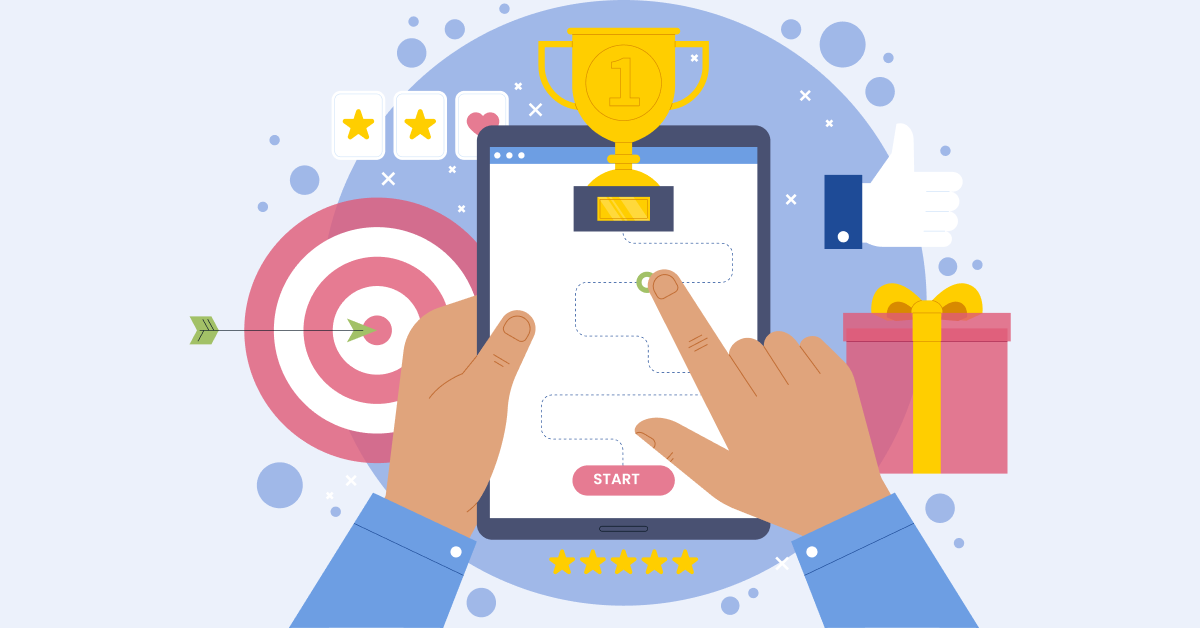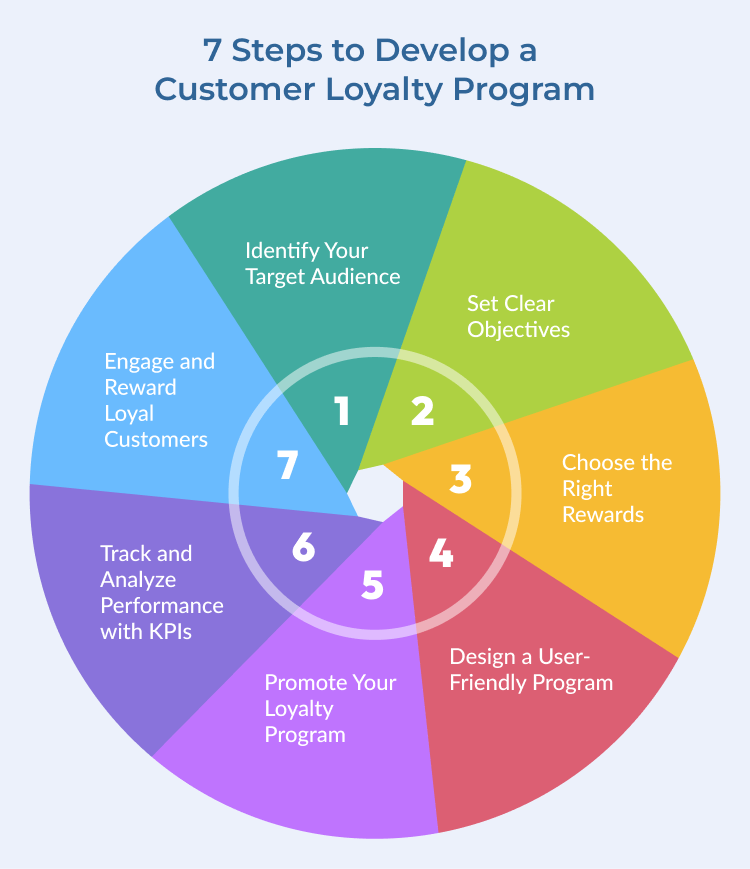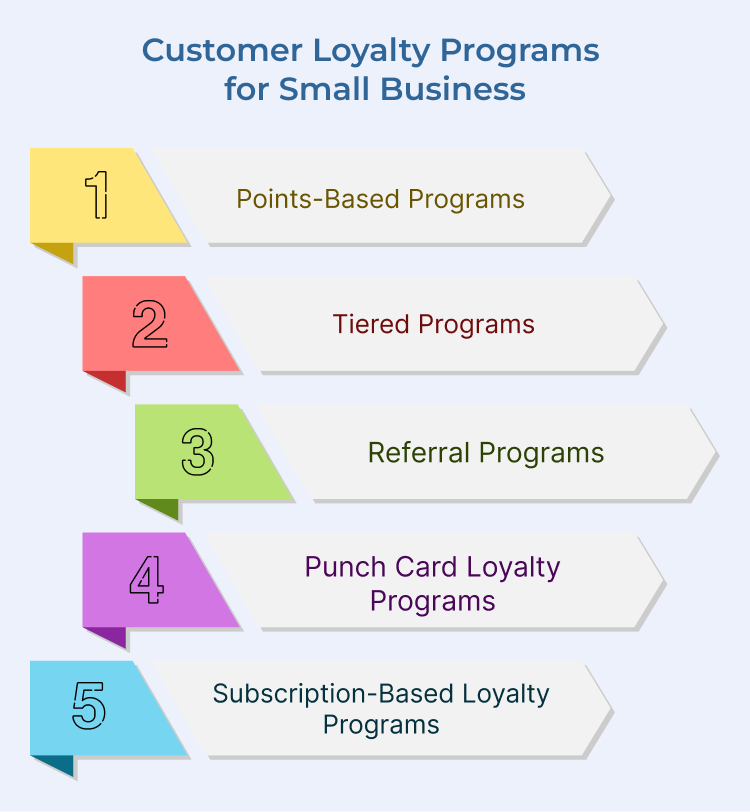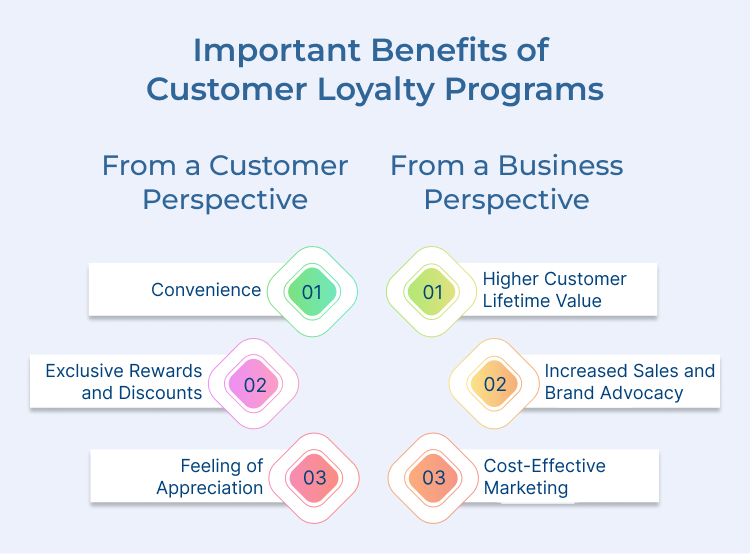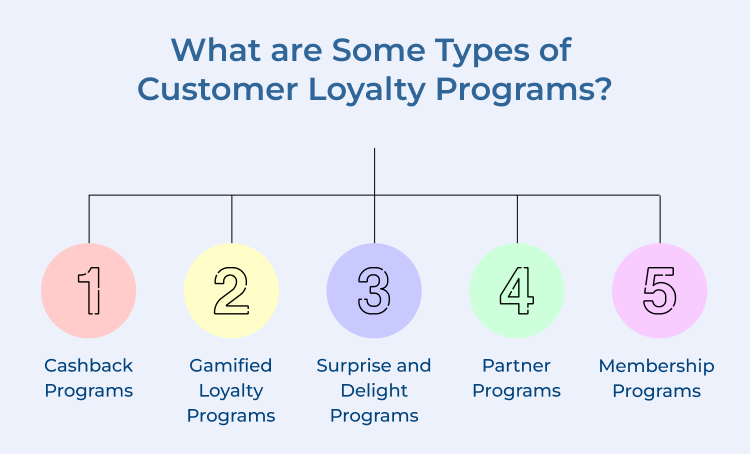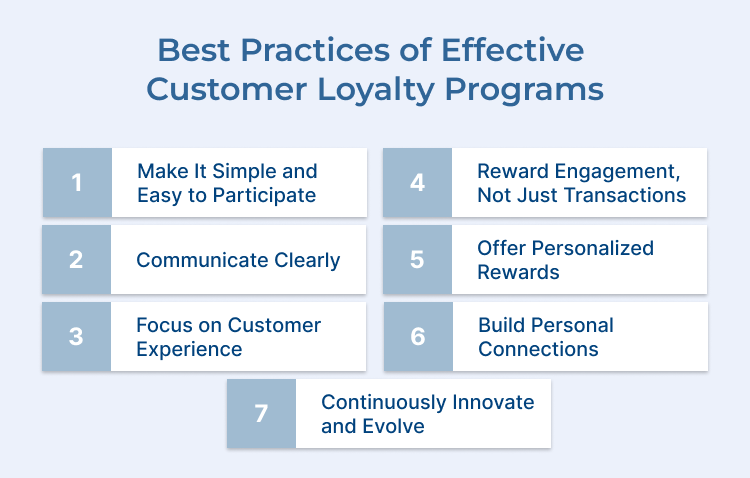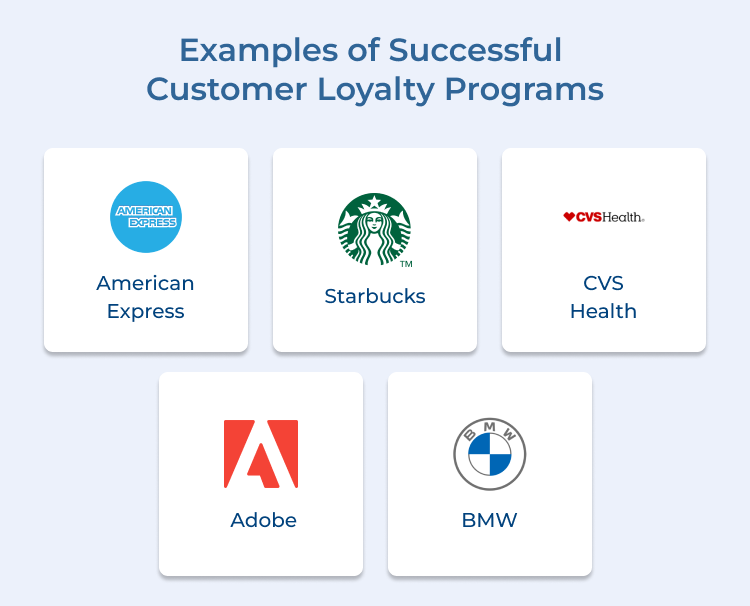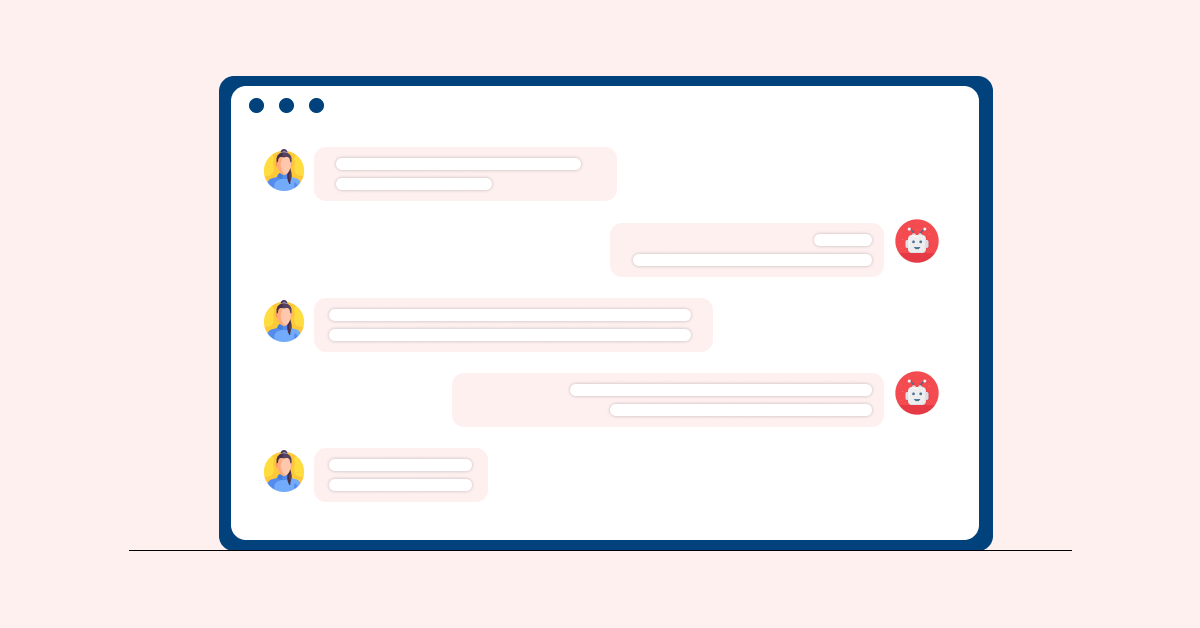1. Cashback Programs
Cashback programs reward customers with a percentage of the purchase amount in the form of cash or points that can be redeemed for future purchases.
For example, a credit card company may offer 1% cashback on all purchases made with their card. It incentivizes customers to use the card more frequently and earn rewards for their spending.
These programs are effective as they provide a tangible benefit to customers for their loyalty. By offering cashback rewards, businesses can increase customer retention and encourage repeat purchases. It can also help companies attract new customers who are looking for ways to save money on their purchases.
2. Gamified Loyalty Programs
Gamified loyalty programs use game-like elements such as challenges, levels, or badges to engage customers and encourage repeat purchases. These programs make loyalty interactive, leading to increased customer engagement and loyalty.
For example, Starbucks Rewards is a popular gamified loyalty program that allows customers to earn stars for every purchase, which they can then redeem for free drinks and other rewards.
Gamified loyalty programs are effective as they appeal to customers’ competitive nature and desire for achievement. By incorporating game-like elements into the program, companies can create a sense of motivation for customers to participate and earn rewards.
3. Surprise and Delight Programs
Such programs are designed to create memorable customer experiences by surprising them with unexpected rewards or gifts. These programs go beyond traditional loyalty programs by focusing on creating emotional connections with customers and making them feel special.
For example, Sephora’s Beauty Insider program often surprises customers with free samples, birthday gifts and exclusive access to events.
These programs are effective as they create positive feelings and experiences that customers will associate with the brand. By going above & beyond to delight customers, companies can build customer loyalty and advocacy, which leads to increased customer satisfaction.
4. Partner Programs
Partner programs involve collaborating with other companies to offer customers additional benefits or rewards for their loyalty. These programs can help companies expand their reach and offer customers more value by partnering with complementary businesses.
For example, airlines often partner with hotels or car rental companies to offer customers discounts and rewards for booking travel packages.
These programs allow companies to leverage the strengths and resources of their partners to create a more compelling loyalty program. By teaming up with other businesses, companies can offer customers a wider range of benefits and rewards, leading to increased customer loyalty.
5. Membership Programs
Membership programs offer customers exclusive access to special benefits, discounts and rewards and exchange for joining a membership program. These programs are designed to create a sense of belonging and exclusivity for customers who want to feel like they are part of a special group.
For example, Amazon Prime offers members free shipping, exclusive deals and access to streaming services for a monthly or annual fee.
These are effective programs as they create a sense of loyalty and commitment among customers who are willing to pay for exclusive benefits. By offering a membership program, companies can increase customer retention and lifetime value by incentivizing customers to stay loyal and engaged with the brand.
Best Practices of Effective Customer Loyalty Programs
Customer loyalty programs have become an essential tool for businesses to retain customers and increase repeat sales. But, not all loyalty programs are created equal. To ensure the success of your customer loyalty program, it’s important to implement best practices that are proven to be effective.
